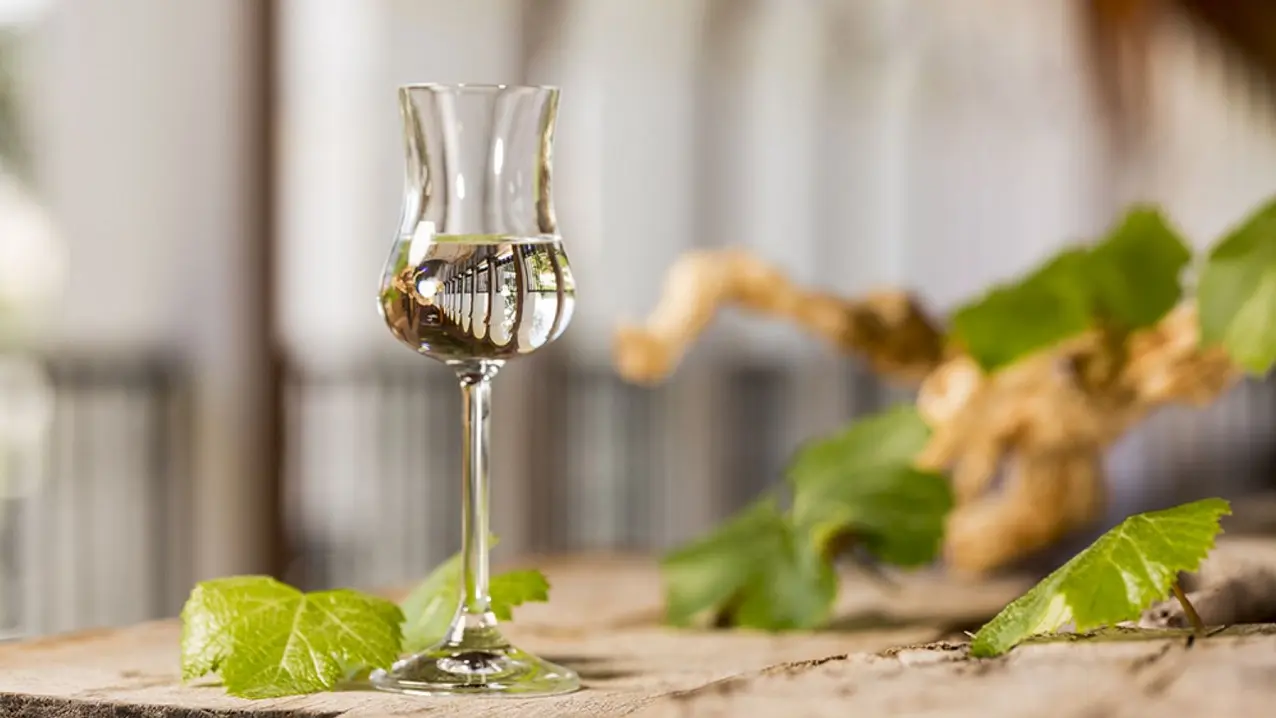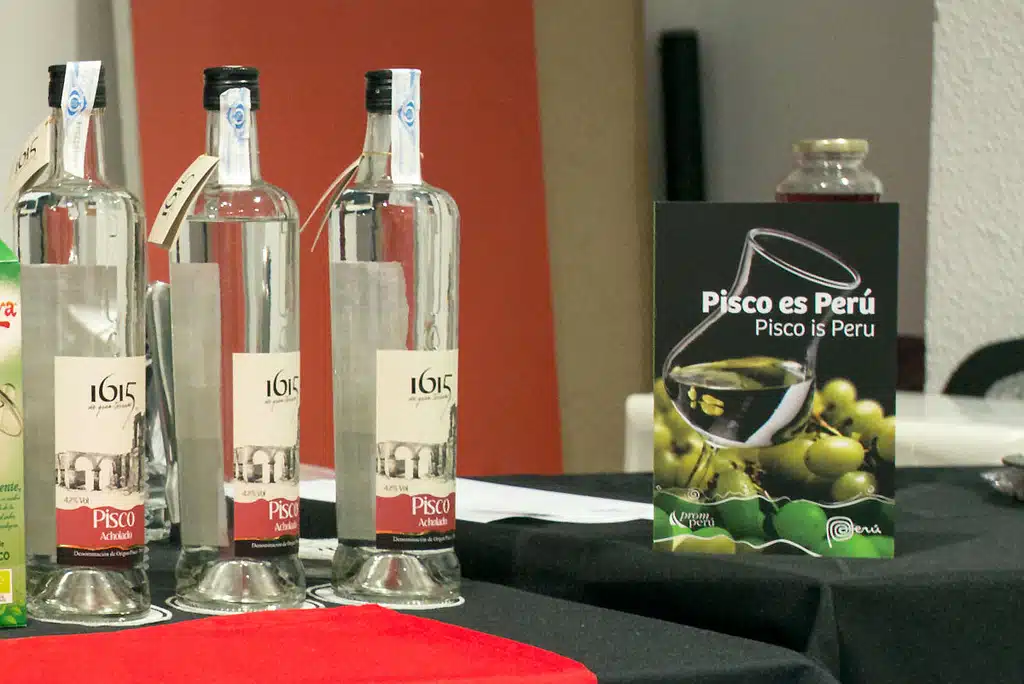The Pisco is a distillate of grape juice produced mainly on the Peruvian coast, an alcoholic beverage very similar to cognac and brandy, which are also distilled from grapes (vines). It is one of Peru’s flagship products and is only produced on the coast (up to 2000 m a.s.l.) in the departments of Lima, Ica, Arequipa, Moquegua and Tacna. This spirit has a rich history dating back centuries and has become an essential element of the region’s identity and gastronomy.
Origin of Pisco
The Pisco is a distilled drink made from grapes, but its history is deeply linked to the processes of colonisation and cultural mixing in Latin America. The arrival of the Spanish colonisers in America in the 16th century brought with them grapevines, which were perfectly adapted to the climate of the region. The distillation of wine became a common practice, and in the areas near the coasts of Peru and Chile, grape brandies that would later become known as ‘pisco’ began to be made.
Although both countries claim authorship of the drink, the name ‘pisco’ comes from the port of Pisco, located on the Peruvian coast, which was an important export centre for the drink since colonial times. This dispute over the appellation of origin remains an important part of the history of pisco, but what is indisputable is its cultural importance in both countries.
How is pisco made?
The Pisco is made from grapes, which can be of different varieties. There are three main types of pisco: pisco from quebranta grapes (the most common in Peru), pisco from mollar grapes, and pisco from aromatic grapes such as Torontel or Muscat. The grapes are fermented and then distilled in traditional stills, a process that gives it its high alcohol content.
What differentiates pisco from other spirits or liqueurs, such as rum or brandy, is its distillation process. The Pisco is not aged in wooden casks, which gives it the transparency and purity that characterise it. The final product retains the characteristic aroma and flavour of the grapes from which it is made.
Types of Pisco
There are different types of pisco depending on their alcohol content and distillation process:
-
- Pure Pisco: Made exclusively from one grape variety.
- Pisco Acholado: A blend of different grape varieties.
- Pisco Green Mash: Made from partially fermented grape must, which gives it a milder, fruitier taste.
Pisco in Popular Culture
In Peru and Chile, pisco is not only a drink, but also plays an important role in celebrations and social life. The pisco sour is one of the most internationally known cocktails, and each country has its own recipe. The Peruvian pisco sour is distinguished by its lemon juice, egg white and gum syrup, while the Chilean pisco sour has a simpler preparation, with only lemon juice, sugar and pisco.
Pisco is also the protagonist of numerous celebrations and festivals, such as the Fiesta de la Vendimia in Peru, where grape harvests and the production of wine and pisco are celebrated. During these events, tastings of pisco and other local products are held, promoting tourism and the culture of the region.
Pisco and Gastronomy
The Pisco is best enjoyed with a good meal. In Peruvian and Chilean cuisine, it is common to accompany a good pisco with traditional dishes. In Peru, ceviche is a perfect accompaniment to a pisco sour, while in Chile, pisco can be enjoyed with empanadas or seafood.
Pisco and the International Dispute
The dispute over the origin of pisco is a hot topic between Peru and Chile, and there is no consensus on who has the exclusive right to the name. Peru claims that the drink originates from its territory, specifically the Pisco region, while Chile considers the pisco tradition to be part of its cultural heritage. However, despite the controversy, both nations celebrate pisco as a drink of great cultural value and continue to produce the spirit with pride.
Conclusión
Pisco is much more than a drink; it is a reflection of the history, culture and traditions of the countries that have made it their own. Whether enjoyed in a refreshing pisco sour, at a pisco tasting or with a traditional meal, this drink will continue to be a symbol of Latin American identity and heritage. The dispute over its origin is just one of the many stories that make pisco even more fascinating, and its presence in Latin American popular culture will continue to be a point of union and celebration.








